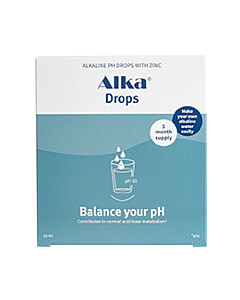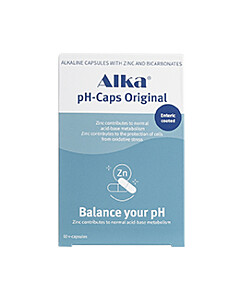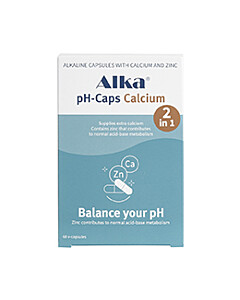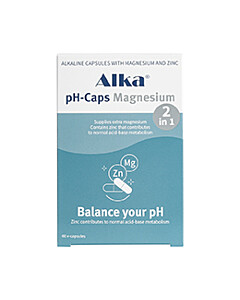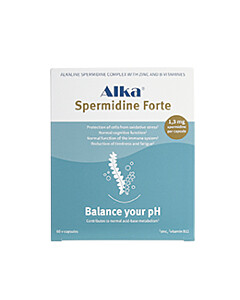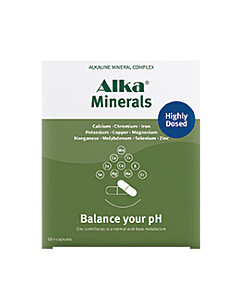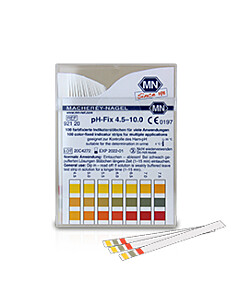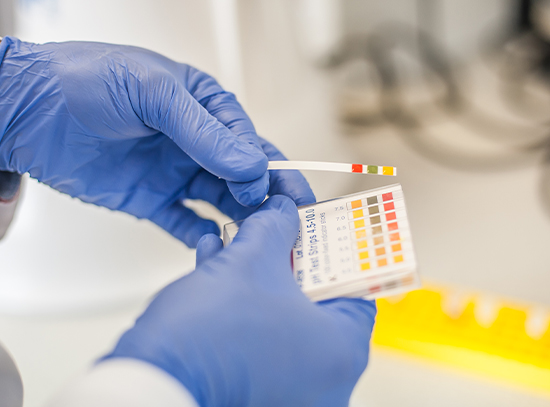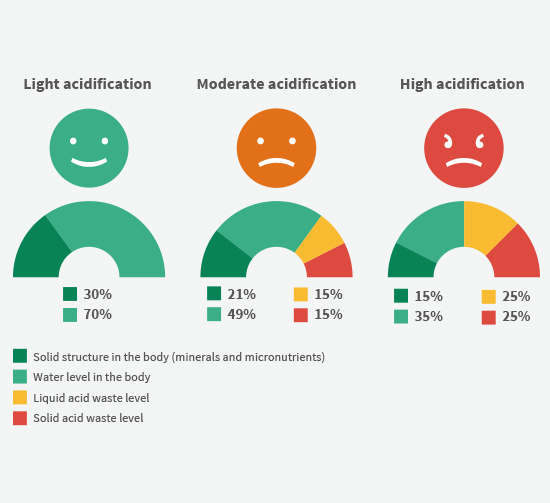More than just a pH value
To maintain our health, our body uses many control systems, of which the acid-base system is a very important one.
Factors that influence our acid-base system include diet, stress, medication intake, intense physical exertion and various environmental factors.
Too high acidity in the body can impair its function. It is important to know that our body does not have a single optimal pH value. Every organ, tissue and also every body fluid has its own optimal and healthy value.
For the smooth and healthy functioning of our body, it is important to keep the acid-base balance in balance. Measuring your pH can help you and show you what to do.
Alka® pH test strips have been developed for simple and uncomplicated measurement of liquids. This allows you to easily measure the pH of your urine.


